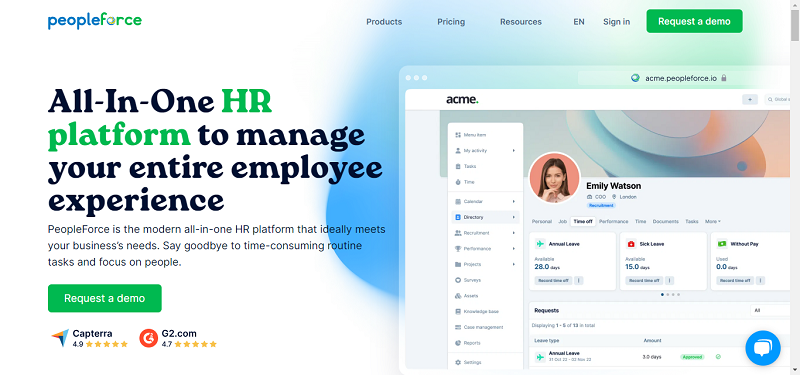Bad weather can cost companies money. It is an unfortunate lesson to learn the hard way, but natural disasters like hurricanes, floods or super storms are dramatic examples of the value of cloud solutions when it comes to resiliency in the face of a catastrophe, and the ability to recover and resume operations as quickly as possible.
The problem is that many workers lack the ability to work remotely – when they are away from the office or transportation systems fail. IT systems in the cloud allow workers to conduct business from anywhere by accessing emails, documents, lines of business applications, and communicating online.
Last year, scores of companies suffered staff shortages due to snow and ice, and with many lacking the means to enable working remotely. IT managers today see this (weather) as a significant threat to business, with IT failure, loss of telecommunications and loss of access to the Workplace.
Cloud computing helps organizations meet their business continuity and disaster recovery needs, and supports remote employees by providing them with a secure way to access corporate data even if the corporate headquarters is affected. With IT in the cloud, all employees can access their work systems from home with a 99.9% uptime. Services delivered from the cloud utilize the power of the Internet to provide critical IT on demand.
cloud services also serve as a crucially important disaster recovery and business continuity service. When a company has a redundant set of services running in the cloud, a disaster in one geography will not impact the business. From there, it can be determined whether to run in real-time when there is an outage in one location versus having a delay as reconstructed backups are put in place to serve as business continuity.
Moreover, cloud represents significant cost saving benefits by increasing capacity utilization, and reducing servers, real estate, power consumption, costs and a company’s carbon footprint.
Having a system in place that allows employees to work remotely, without additional provisioning and cost, is invaluable to any business, especially those that have limited resources. Cloud enables these businesses to take full advantage of enterprise class data centers.
Without stating the high rates of failure among businesses that experience a disaster, the cloud is a way to avoid a natural disaster creating an economic disaster. Companies that run their business in the cloud, beyond a single workload and those that have gone through “business provisioning,” are more resilient because their systems do not rely on access to a specific workplace. As long as there is Internet connectivity, workers and IT administrators can continue to operate as usual.
By Ali Din,
Ali Din is Sr. Vice President and CMO at dinCloud, a cloud services provider that helps organizations rapidly migrate their IT infrastructure to the cloud.





